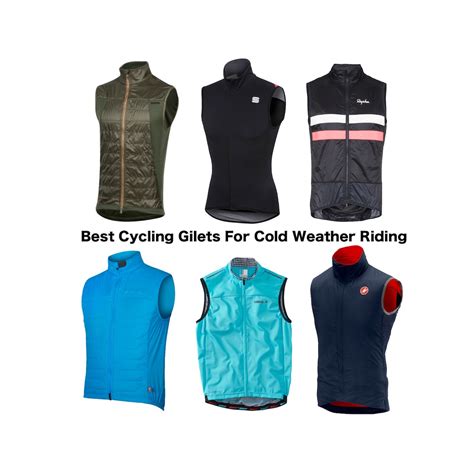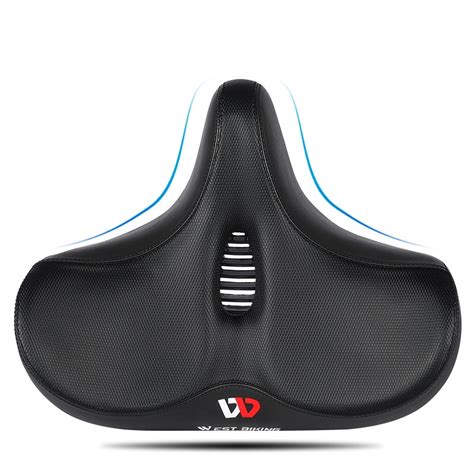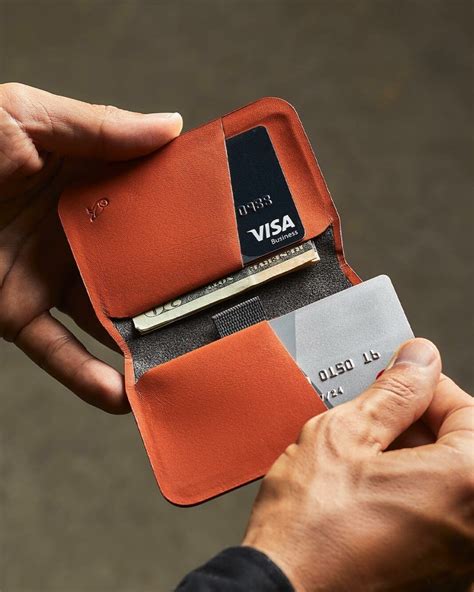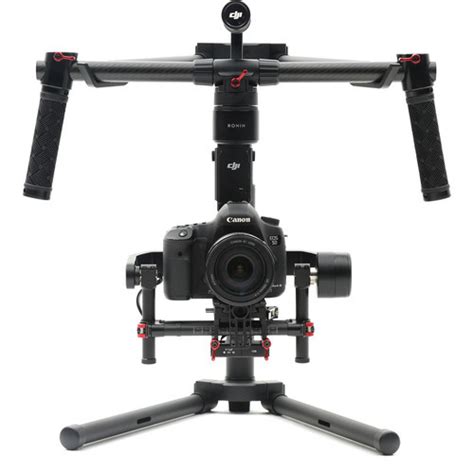Long-distance cycling offers incredible rewards, but for many riders, it also brings the unwelcome companion of saddle pain. Discomfort in the posterior can quickly turn an enjoyable ride into a grueling test of endurance. Fortunately, a variety of gear and strategies exist to alleviate this common issue, helping you conquer those miles in greater comfort.
The Foundation: Your Saddle Choice
The most critical piece of equipment for saddle comfort is, unsurprisingly, the saddle itself. There’s no one-size-fits-all solution, as every rider’s anatomy is unique. Investing in a saddle designed for your specific needs can make a world of difference.
- Saddle Type: Road, mountain, touring, and comfort saddles all have different designs. For long rides, consider saddles designed for endurance, often featuring more padding or specific pressure relief channels.
- Width: Your sit bones (ischial tuberosities) are what should support your weight. A saddle that’s too narrow or too wide won’t provide proper support, leading to discomfort. Many bike shops offer tools to measure your sit bone width.
- Cutouts/Channels: Saddles with central cutouts or pressure relief channels can significantly reduce pressure on soft tissues and nerves, which is often a primary cause of numbness or pain.
- Material & Flexibility: Different shell materials offer varying degrees of flex, and cover materials can affect friction and breathability.
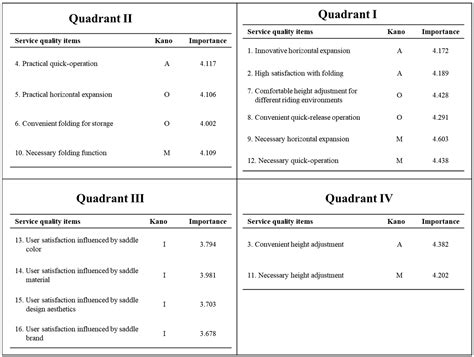
Essential Apparel: High-Quality Cycling Shorts
Good cycling shorts are not just about aesthetics; they are a vital piece of comfort gear. The heart of the cycling short is the chamois (pronounced ‘sham-ee’), the padded insert designed to reduce friction, wick moisture, and provide cushioning.
- Chamois Quality: Look for shorts with a multi-density, seamless chamois that is specifically shaped for cycling. Cheaper shorts often have thin or poorly placed pads that can bunch up.
- Fit: Cycling shorts should fit snugly but not restrictively. A proper fit ensures the chamois stays in place, preventing chafing and maximizing its cushioning effect. Avoid wearing underwear with cycling shorts, as seams can cause irritation.
- Material: Breathable, moisture-wicking fabrics are essential to keep you dry and prevent skin irritation during long hours in the saddle.
The Soothing Touch: Chamois Cream
Often overlooked by beginners, chamois cream is a cyclist’s best friend, especially for longer rides. This cream acts as a barrier, reducing friction between your skin and the chamois, preventing chafing, saddle sores, and discomfort.
- Application: Apply a generous amount directly to your skin in areas that come into contact with the saddle, and/or directly to the chamois itself before each ride.
- Ingredients: Many creams contain antibacterial or antiseptic properties to help prevent skin infections.
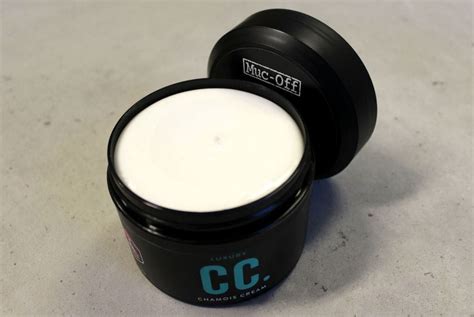
Perfecting Your Position: The Bike Fit
Even the most expensive saddle and shorts won’t help if your bike isn’t set up correctly. A professional bike fit is one of the best investments you can make for long-term cycling comfort and efficiency.
- Saddle Height: Too high or too low, and your hips will rock, causing friction and pressure.
- Saddle Fore/Aft: This adjustment influences where your sit bones bear weight on the saddle.
- Saddle Angle (Tilt): A slight nose-down tilt can relieve pressure on soft tissues, but too much can cause you to slide forward, putting more pressure on your hands.
- Handlebar Position: Your reach to the handlebars affects how much weight is distributed to your saddle versus your hands and feet.

Additional Comfort Aids and Strategies
- Saddle Covers (Use with Caution): While gel or foam saddle covers might seem like a quick fix, they can sometimes create more problems by adding bulk and increasing friction. If used, ensure it’s a high-quality, non-slip cover.
- Standing Breaks: Periodically standing on your pedals for 30-60 seconds during a ride relieves pressure and allows blood flow to return to compressed areas.
- Position Changes: Shift your weight slightly on the saddle every few minutes. Move forward, backward, or from side to side to vary pressure points.
- Off-Bike Exercises: Strengthening your core and glutes can help stabilize your pelvis and reduce shifting on the saddle, leading to less friction and better comfort.

Conclusion
Eliminating saddle pain on long rides is often a process of trial and error, combining the right gear with proper fit and technique. Start with a quality saddle matched to your anatomy, invest in good cycling shorts and chamois cream, and consider a professional bike fit. By addressing these factors holistically, you can significantly enhance your comfort, allowing you to focus on the joy of the ride rather than the discomfort below.
